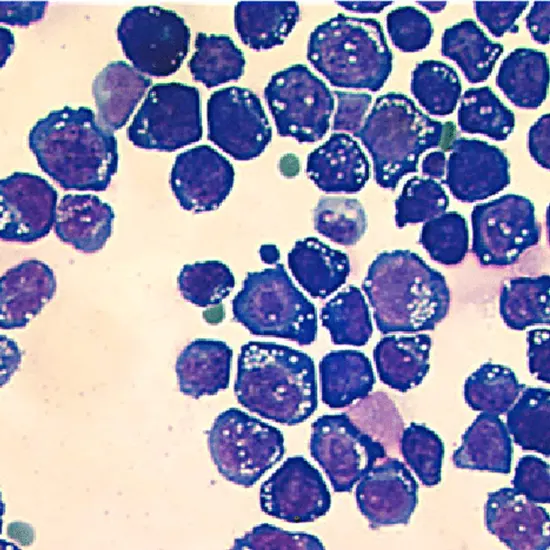
Book Ascitic Fluid Examination For Malignant Cells Appointment Online Near me at the best price in Delhi/NCR from Ganesh Diagnostic. NABL & NABH Accredited Diagnostic centre and Pathology lab in Delhi offering a wide range of Radiology & Pathology tests. Get Free Ambulance & Free Home Sample collection. 24X7 Hour Open. Call Now at 011-47-444-444 to Book your Ascitic Fluid Examination For Malignant Cells at 50% Discount.
When there is a strong clinical suspicion of cancer, ascitic fluid cytology should be utilised sparingly. In most cases, a conclusive diagnosis can be made using a complete morphological assessment in conjunction with good clinical data and linkage with other investigations.
About 50 ml.
A microscopic examination reveals the lack of germs, fungi, and cancerous cells.
Normal ascites fluid is clear and light yellow. Yet, when it is aberrant, it may be turbid, chylous, red, or green.
Each colour corresponds to a cause.
| Test Type | Ascitic Fluid Examination For Malignant Cells |
| Includes | Ascitic Fluid Examination for Malignant Cells (Pathology Test) |
| Preparation | |
| Reporting | Within 24 hours* |
| Test Price |
₹ 600
|

Early check ups are always better than delayed ones. Safety, precaution & care is depicted from the several health checkups. Here, we present simple & comprehensive health packages for any kind of testing to ensure the early prescribed treatment to safeguard your health.